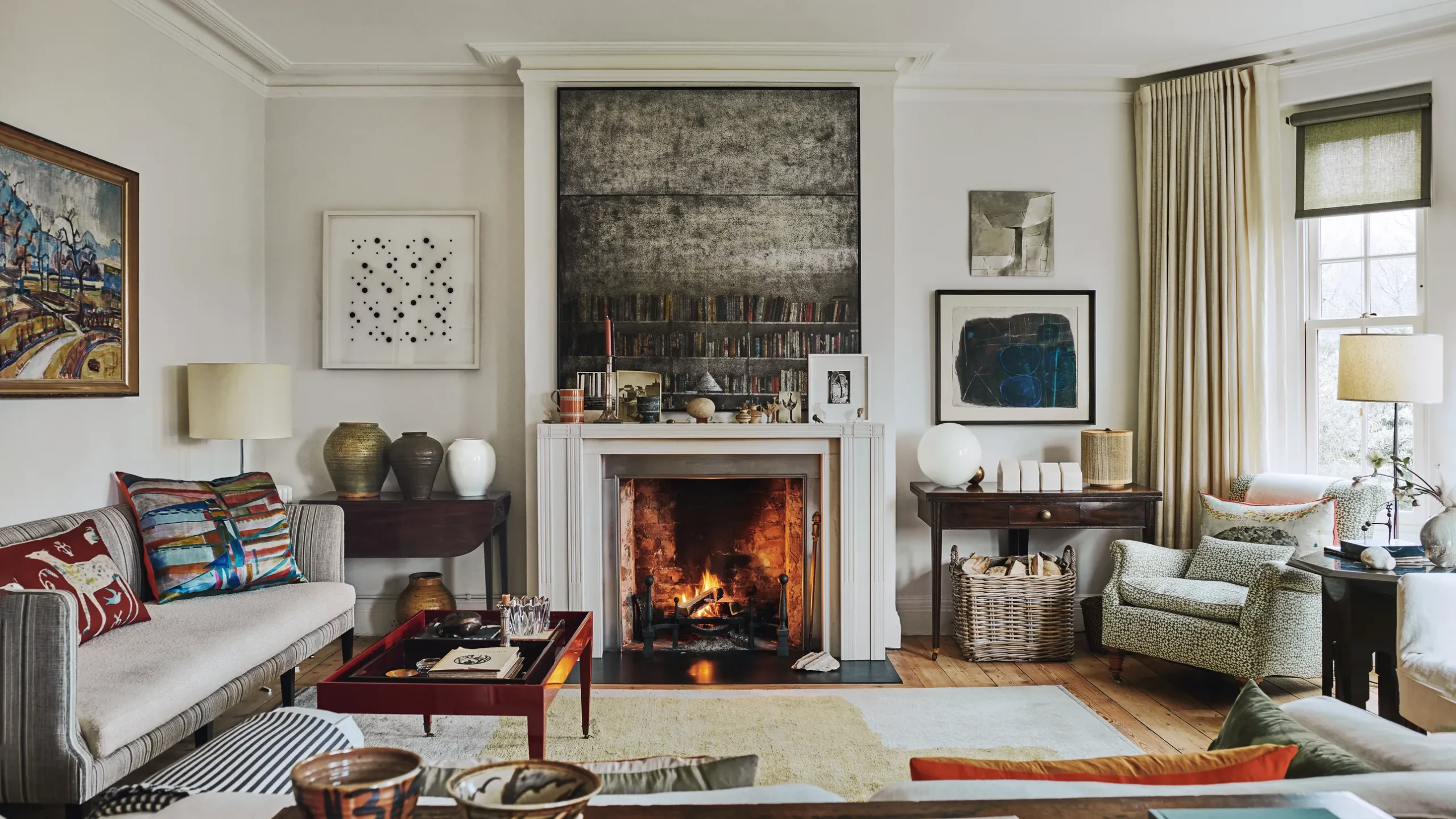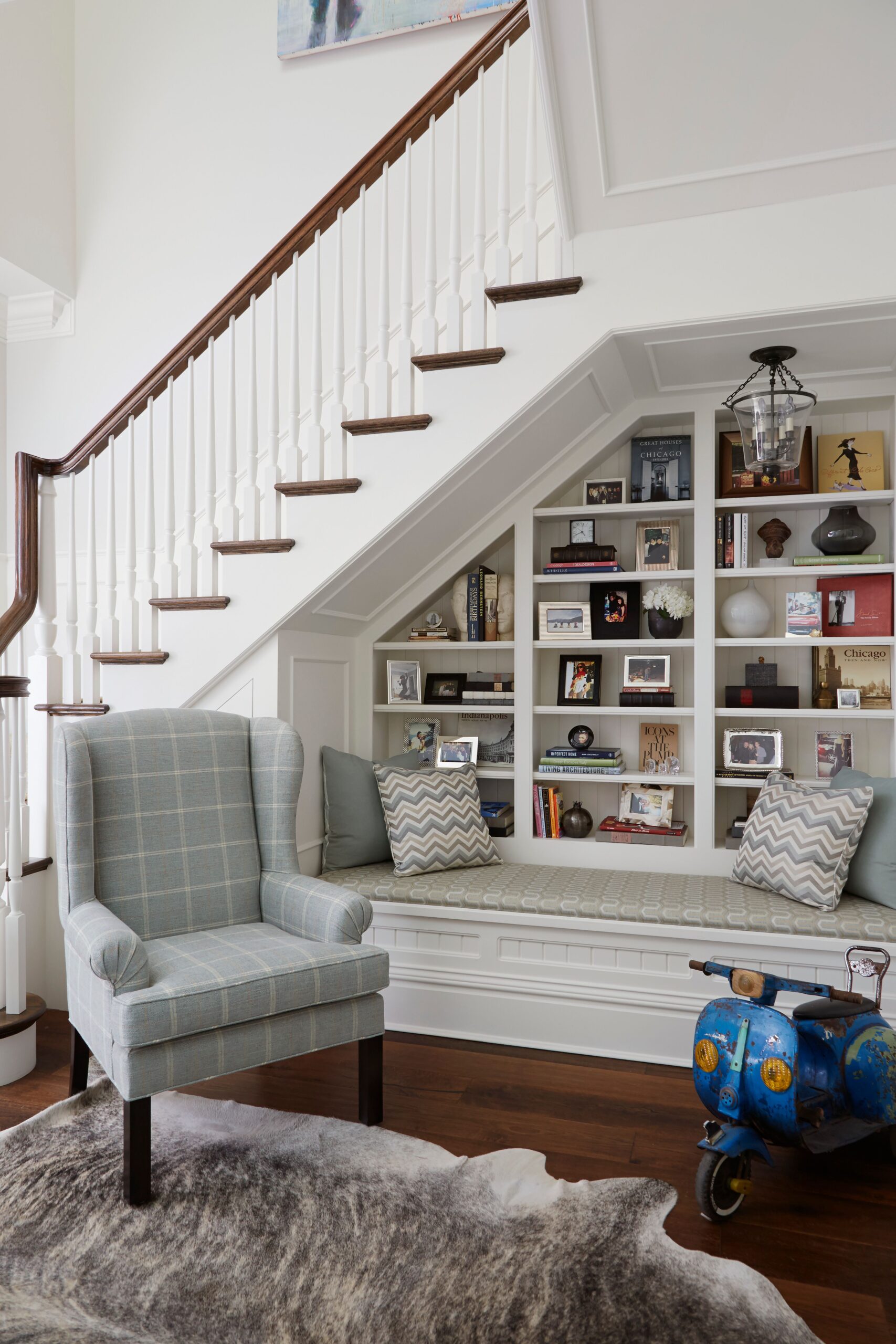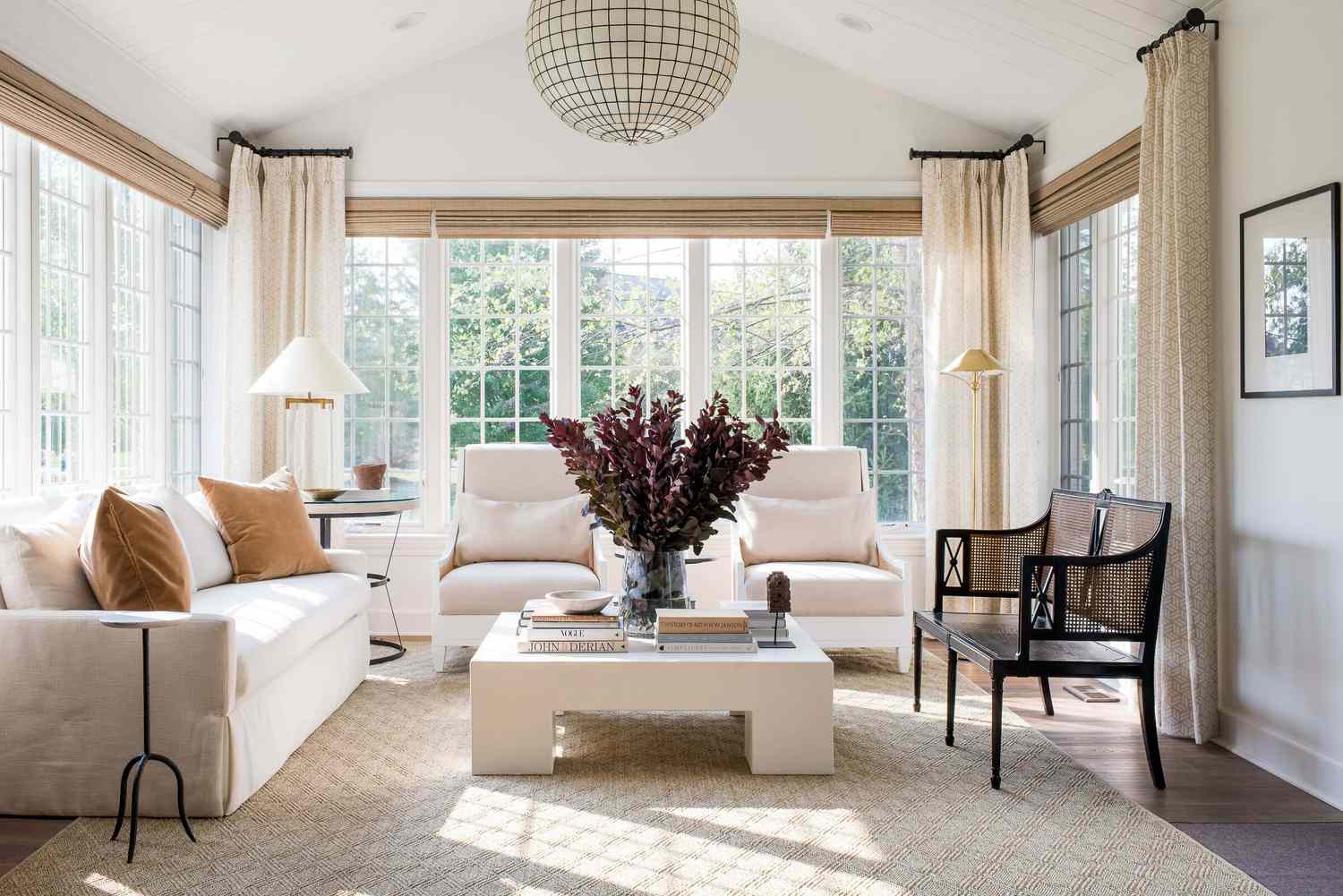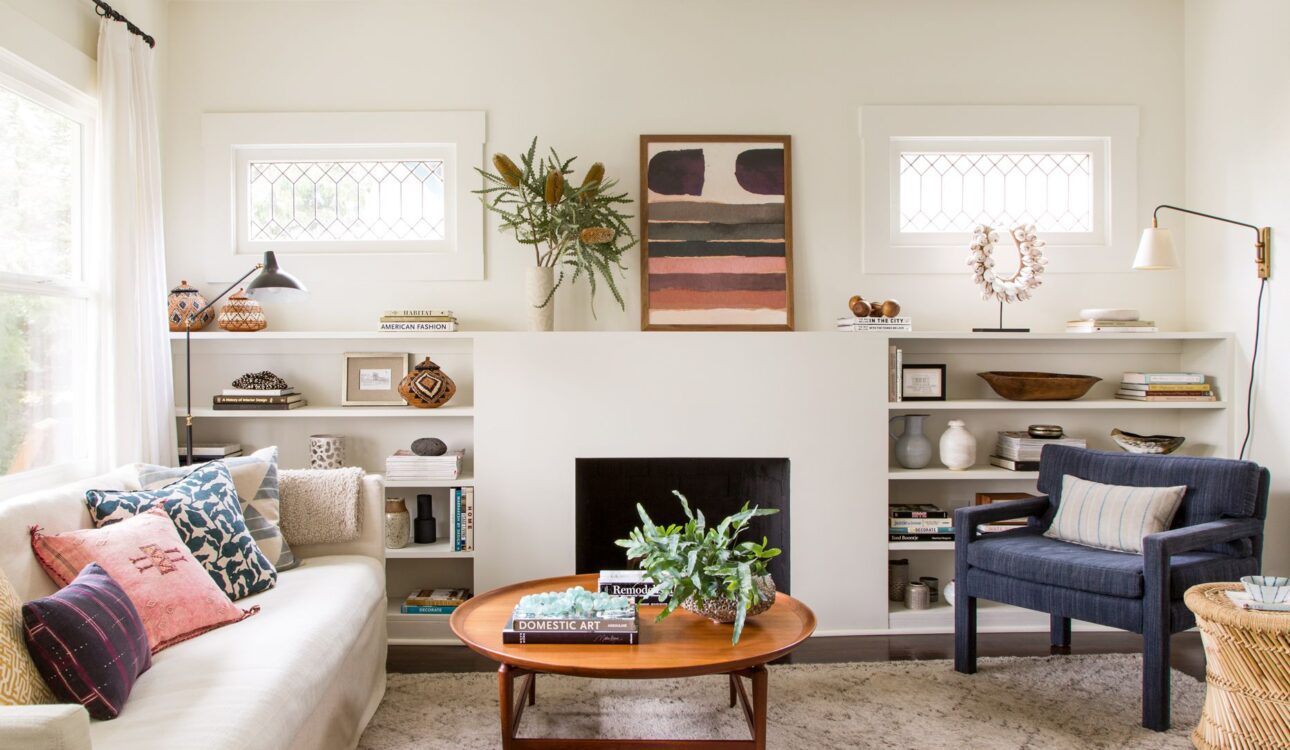Great design isn’t just about picking paint colors or furniture. It’s about creating rooms that work harder for your lifestyle. Whether you’re refreshing a sunroom for morning coffee or rethinking kitchen flow, your space should grow with you.
This guide focuses on practical solutions for Northern Virginia homes. You’ll discover how to maximize natural light in split-level layouts and turn awkward corners into functional zones. We’ll explore options for every budget – from weekend DIY updates to full-scale renovations with local experts like Fine Line Kitchens Inc.
Key Takeaways
- Design balances personal style with daily functionality
- Solutions adapt to Vienna’s architectural character
- Projects scale from quick updates to professional remodels
- Lighting and storage enhance smaller areas
- Local expertise ensures lasting results
Ready to make your house feel like it was built just for you? Let’s start this journey together. For personalized guidance, reach out to Fine Line Kitchens Inc. at (703) 261-6151 or schedule a consultation.
Overview of Inspiring Home Design Trends in Vienna, VA
Northern Virginia residents are reimagining their living areas with fresh approaches that blend individuality and practicality. Gone are the days of cookie-cutter rooms designed for Instagram likes – today’s interior design celebrates what makes your space uniquely yours.

Local homeowners are swapping sterile neutrals for bold, mood-boosting hues. Think terracotta accents in kitchens or jewel-toned velvet sofas that spark joy. “We’re seeing a surge in colors that tell personal stories,” notes designer Ashleigh Clark. This shift creates environments that energize while reflecting residents’ evolving lifestyles.
Sustainable updates are gaining momentum too. Many are repurposing vintage finds or refreshing furniture with eco-friendly paints. These projects add character without straining budgets – perfect for historic Vienna properties needing modern touches.
Natural textures anchor these vibrant spaces. Woven rattan lamps, live-edge shelves, and stoneware vases bring organic balance. These elements work beautifully in local split-level homes, softening angular lines with earthy warmth.
The grandmillennial trend thrives here, mixing heirloom pieces with sleek lighting. A 1950s sideboard might pair with geometric pendant lights, bridging generations through style. This approach honors the area’s architectural heritage while embracing contemporary comfort.
Ultimately, today’s trends focus on creating spaces that adapt to real life. From multifunctional nooks to statement walls that hide awkward angles, every choice prioritizes how rooms feel over how they look online. It’s about crafting environments that grow with you – one intentional layer at a time.
Creative Home Design Ideas for a Cohesive Palette
Ever walked into a room where every piece feels perfectly connected? That magic happens when colors and patterns work together like old friends. Designer Meghan Shadrick proves this by using matching floral fabrics in window treatments and bedding. This simple trick creates instant visual unity without matching everything perfectly.
Serena Dugan takes this concept further by digging into unexpected hues. Instead of grabbing the brightest blue from wallpaper, she pulls earthy greens for sink accents. “Understated tones create depth that evolves with daylight,” she explains. This approach works beautifully in Vienna’s sunlit rooms where colors shift throughout the day.
| Strategy | Result | Best For |
|---|---|---|
| Repeat 1 textile | Instant cohesion | Bedrooms, living rooms |
| Use tertiary colors | Sophisticated contrast | Powder rooms, entryways |
| Anchor with neutrals | Balanced energy | Open-concept areas |
Three rules keep your scheme from feeling chaotic: First, choose one color to repeat in three places – maybe a rug, vase, and throw pillow. Second, let patterns share at least one common hue. Third, test swatches at different times to see how natural light changes their mood.
Local homeowners are finding success with this layered approach. A Reston family recently transformed their split-level using olive tones from their grandmother’s rug. The result? A space that feels both fresh and familiar – exactly what thoughtful color coordination achieves.
How to Mix Natural and Manmade Elements
Imagine running your hand across a cool stone surface warmed by brass details – that’s the magic of blending textures. Successful spaces combine materials that tell different stories but share common ground. This approach works particularly well in Vienna’s mix of traditional and contemporary architecture.
Combining Stone and Brass Accents
Stone brings earthy authenticity, while brass adds refined polish. A recent kitchen remodel in Fairfax County paired honed marble counters with unlacquered brass pulls. The result? Warmth meets sophistication without overpowering the space.
Three tips for pairing these elements:
- Use stone as foundational surfaces (countertops, floors)
- Add brass through functional details (light fixtures, hardware)
- Introduce transitional textures like linen or wood
Achieving Balance in Your Space
Too much stone can feel like a cave. Excessive brass might resemble a jewelry store. The secret? Follow the 70-30 rule. Let one material dominate (70%) while the other accents (30%).
Local designer Tessa Smith suggests: “Start with your largest surface. If you have stone floors, add brass through pendant lights and cabinet pulls.” This creates rhythm without repetition, especially valuable in open-concept areas common to Northern Virginia homes.
Remember – great design feels intentional, not forced. Test combinations in different lighting to see how they interact. Your finished look should whisper harmony, not shout contrast.
Maximizing Functional Storage in Your Home
A well-organized space starts with smart storage solutions tailored to your needs. Different rooms demand unique approaches – what works for pots in the kitchen won’t suit towels in the bathroom. The key lies in blending visible and concealed options to match your daily rhythm.

Custom Solutions for Every Zone
Professional organizers recommend mixing storage types based on frequency of use. Deep drawers keep everyday utensils within reach, while upper cabinets safeguard special-occasion dishes. For awkward corners, rotating tray inserts or pull-out racks maximize accessibility.
Consider these combinations for common areas:
| Room | Essential Storage | Bonus Tip |
|---|---|---|
| Kitchen | Pull-out spice racks | Use drawer dividers for lids |
| Bathroom | Tiered under-sink trays | Add floating shelves above toilet |
| Bedroom | Under-bed bins | Install double hanging rods |
Closed storage maintains visual calm in busy households. A Vienna homeowner recently transformed their entryway with a bench containing hidden compartments. “Now shoes, leashes, and umbrellas disappear instantly when guests arrive,” they shared.
Vertical spaces often go underutilized. Floor-to-ceiling shelves in laundry rooms store cleaning supplies, while narrow pull-outs beside refrigerators hold baking sheets. Remember: good organization adapts as your needs evolve – leave room for future adjustments.
Cocooning Corners with Curtains and Drapery
Ever wished your bedroom felt like a luxury retreat? Drapery offers an instant upgrade for bedroom spaces lacking square footage. By wrapping fabric around your bed area, you create a cozy nook without major renovations.

Start by mounting curtain rods along the wall behind your bed. Extend them 18-24 inches beyond the mattress width for dramatic flair. Choose flowing fabrics like linen or velvet that pool slightly on the floor – this softens angular rooms and adds warmth.
Valances solve two problems at once. They conceal hardware while framing your sleeping space like a proscenium arch. Local designer Marissa Cole suggests: “Use contrasting trim on valances to draw the eye upward in rooms with low ceilings.”
Three fabric considerations for success:
- Light-filtering materials maintain airy vibes
- Blackout liners boost privacy in street-facing rooms
- Machine-washable blends simplify upkeep
This technique transforms bare walls into intentional focal points. A recent project in Vienna’s historic district used emerald drapes to camouflage uneven plasterwork. The result? A sophisticated hideaway that feels both current and timeless.
Beyond bedrooms, try this approach in reading nooks or breakfast areas. Floor-to-ceiling drapes can section off open layouts, creating intimate zones without permanent walls. It’s design magic that adapts as your needs evolve.
Using Banquette Seating for Cozy Dining Experiences
What if your dining area could host Sunday pancakes and holiday feasts with equal ease? Banquette seating transforms meal spaces into adaptable hubs that grow with your needs. Unlike traditional chair setups, built-in benches create intimate arrangements where family members naturally gather closer, sparking richer conversations over shared plates.
Hosting extras becomes stress-free with bench-style flexibility. A recent project in Vienna’s historic district showcased how a curved banquette comfortably seated three generations during Thanksgiving, then converted to a homework station the next morning. The secret? Strategic dimensions – aim for 24-26 inches per person to prevent elbow wars.
Smart storage hides beneath upholstered surfaces. Lift-up seats reveal compartments perfect for:
- Table linens and seasonal dishware
- Board games or craft supplies
- Small appliances in kitchen nooks
Pair your banquette with a pedestal table for Parisian flair. Local designer Elena Torres recommends: “Round tables encourage eye contact and flow better in corners than rectangular options.” Complete the look with pendant lighting at 30-36 inches above the surface – ideal for both meal prep and mood-setting.
Customization options let your seating reflect personal style. Choose performance fabrics that withstand spills, or opt for tufted leather in formal dining rooms. For awkward layouts, L-shaped configurations tuck neatly into unused corners, proving that practical solutions can be beautiful.
Pattern Drenching for Awkward Architecture
Awkward angles and odd proportions can stump even seasoned decorators. Pattern drenching offers a clever fix for tricky room layouts that feel “off.” By wrapping walls, ceilings, and trim in bold prints, you redirect attention from architectural quirks to intentional style.
Strategic Pattern Play
Designer Wendy Labrum champions this “one-and-done” method for challenging spaces. “Full-wall wallpaper installations create cohesion where angles fight for attention,” she explains. A Vienna sunroom project used tropical foliage prints to soften sharp rooflines, proving patterns can be problem-solvers.
Not ready for maximalism? Focus prints on strategic zones. Lark Interiors transformed a cramped bath nook using geometric wallpaper on just the shower wall. The result? Eyes land on vibrant patterns, not the room’s uneven dimensions.
Three tips for success:
- Match pattern scale to room size – large prints expand small areas
- Use paint on adjacent walls to balance busy papers
- Repeat accent colors in textiles for harmony
This approach turns architectural challenges into curated moments. Your space becomes a canvas where “flaws” fade into deliberate design choices.
FAQ
What storage solutions work best for small spaces?
Built-in cabinets, multifunctional furniture (like ottomans with hidden compartments), and vertical shelves maximize space. In kitchens, consider pull-out drawers or toe-kick storage to keep items organized without clutter.
How do I make awkward architectural features look intentional?
Use bold wallpaper or patterned paint to “drench” sloped ceilings or odd angles. This draws attention to the feature while disguising its irregular shape. Geometric prints work particularly well in Vienna, VA’s older homes.
What’s a budget-friendly way to update my dining area?
Add banquette seating with plush cushions and under-seat storage. Pair it with a round table to soften corners and create an intimate vibe. Layer in textiles like linen curtains for warmth.
How can I add coziness to a room without major renovations?
Hang floor-to-ceiling curtains in textured fabrics like velvet or linen. Use warm-toned lighting, such as table lamps with linen shades, and incorporate tactile elements like woven baskets or faux-fur throws.
What color palette suits Vienna, VA’s traditional homes?
Earthy neutrals like sage green, warm beige, or soft gray complement historic architecture. Add depth with navy or terracotta accents. For modern touches, try matte black fixtures or marble countertops.
How do I choose artwork for a cohesive look?
Stick to a consistent theme or color scheme. Mix framed prints with textile wall hangings or sculptural pieces. In living rooms, center artwork at eye level above sofas or consoles.






